Travelling from Shanghai for Paris Fashion Week, Jing Bluche made a stop at Premiere Classe to complete her season’s buying with what she considers to be the number one spot for undiscovered gems.


Launched in summer 2024, the Flair concept by the Federation of Women’s Ready-to-Wear has a simple goal: “to tackle the fashion challenges of tomorrow.” Presented to the entire industry in the form of a white paper, this innovative concept informs and highlights the ongoing transformations in a sector undergoing a global overhaul and deep reflection.
Fashion, Ready-to-Wear, and “Neo-Propaganda”
Inspired by Edward Bernays’ book Propaganda, recognised as one of the “founding fathers of public relations,” the “neo-propaganda” concept acknowledges the end of a dominant advertising model, which was characterised by excessive communication and manipulation of the public. With this comprehensive overhaul of the advertising system, brands—and the fashion industry more broadly—are questioning their new roles. How can they reinvent their discourse and brand logic?
In 2024, a brand represents a vast realm of imagination, communication, and creativity that must be identifiable and comprehensible to the public, so visibility in the market is crucial. According to a FLAIR study, 67% of executives see increasing brand awareness and visibility as a top priority. In an increasingly competitive market, polarised between luxury and ultra-fast fashion, being noticed remains one of the major challenges for brands, which must find their proper positioning, control their messaging, and update their values.
As seen with the rise of TikTok, authenticity is key to a brand’s success, and such unfiltered influence is redefining communication practices. Beyond a strong and unique identity, a brand must remain relatable to consumers while continuing to inspire them. Brands like Sézane, Carne Bollente, and The Frankie Shop manage to strike a perfect balance with their communities. Others opt for transparency, openly communicating the challenges of entrepreneurship. This strategy pays off when the audience perceives it to be genuine.
Some brands also prioritize entertainment, reminiscent of the retailtainment trend from the 1980s and 1990s, where stores offered entertainment to enhance the shopping experience. Today, we’re witnessing the rise of “fashiontainment,” where a brand must become a source of entertainment in its entirety. Sportswear brands like Nike and Adidas are pioneers in this domain, but more recently, Lena Situations’ Hôtel Mafouf highlights the growing importance of entertainment in shaping modern brand identities.
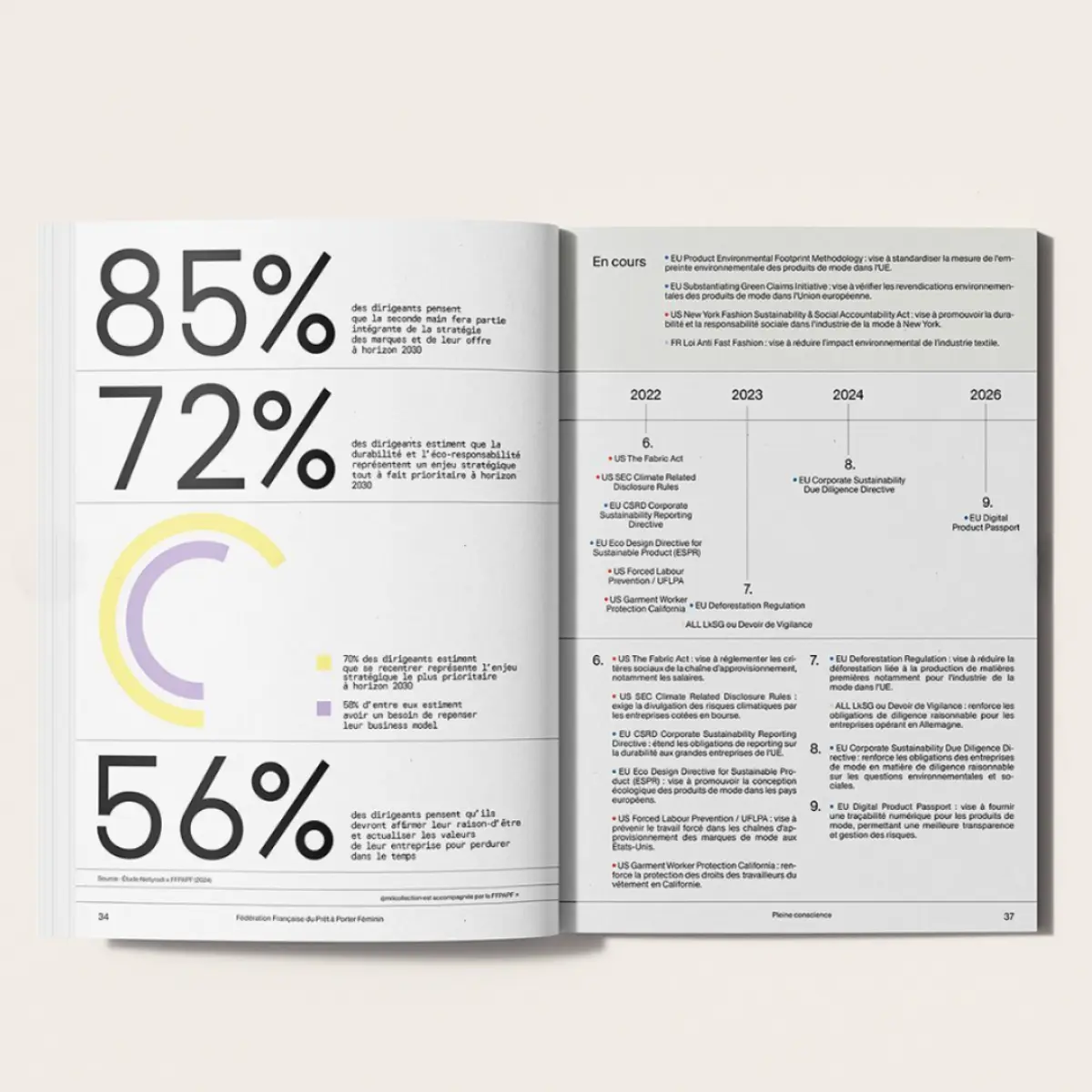
Challenges and New Horizons: Mindfulness and the Data Revolution
In an industry about to face a moral reckoning, 70% of executives identify sustainability and eco-responsibility as strategic priorities by 2030, so second-hand models and innovative business practices are increasingly central to entrepreneurs’ discussions. Key themes like diversity, equity, and inclusion are driving a more ethical and responsible fashion sector, and the industry is also addressing issues such as racism, gender equality, and cultural appropriation, which have long affected many brands. The Federation has published a guide to help open dialogue on these often-taboo subjects.
The consensus is clear: managing a brand today is vastly different from 10 or 20 years ago. Among the new rules of fashion, the data revolution is a tangible and vital shift, with fifty percent of fashion executives highlighting the importance of speed and agility, especially in production. Similarly, 55% see responsiveness and flexibility as critical to adapting to the increasing digitisation of the industry. Indeed, digitalisation and data management have become strategic priorities, requiring businesses to rethink their models and adopt a holistic approach to data architecture.
The integration of 3D technology symbolises the ongoing data revolution and is reshaping the fashion business for good. From production to pattern-making, every facet of the industry is affected. Brands like Camper demonstrate how 3D technology enhances productivity and agility. Another critical, yet less-discussed, data-related issue in the fashion industry is cybersecurity- as cyber threats like hacking and data theft become more prevalent, brands must proactively address these risks by rethinking how they protect their data.
Want to learn more? Download Flair

Travelling from Shanghai for Paris Fashion Week, Jing Bluche made a stop at Premiere Classe to complete her season’s buying with what she considers to be the number one spot for undiscovered gems.

Ginevra Gozzoli gives her take on what she considers a go-to place for unexpected gems that blend craftsmanship, personality and a strong design sensibility.
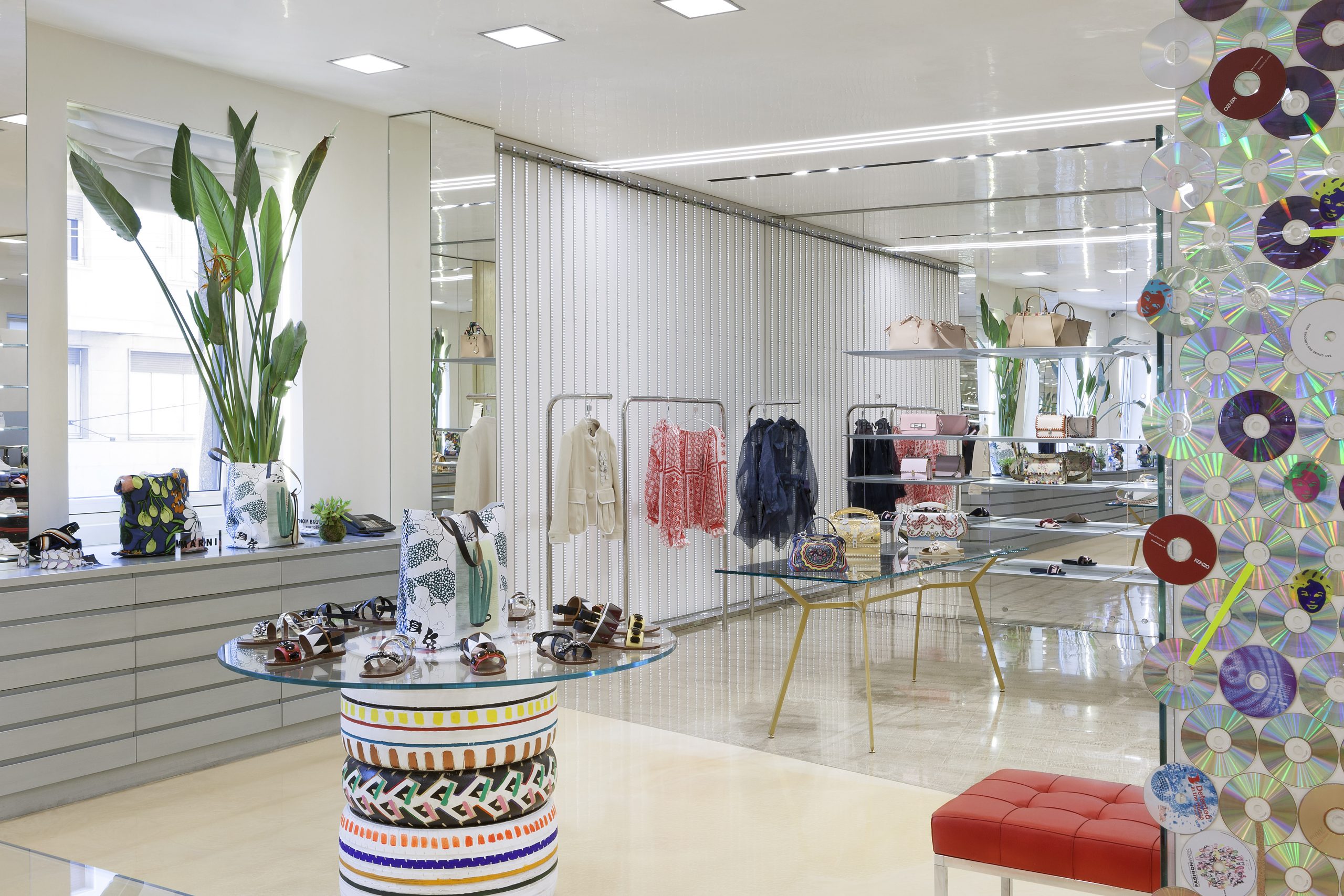
In search of a fresh outtake on fashion and new esthetic sensibilities, she chose Premiere Classe to complete her selections for the season.
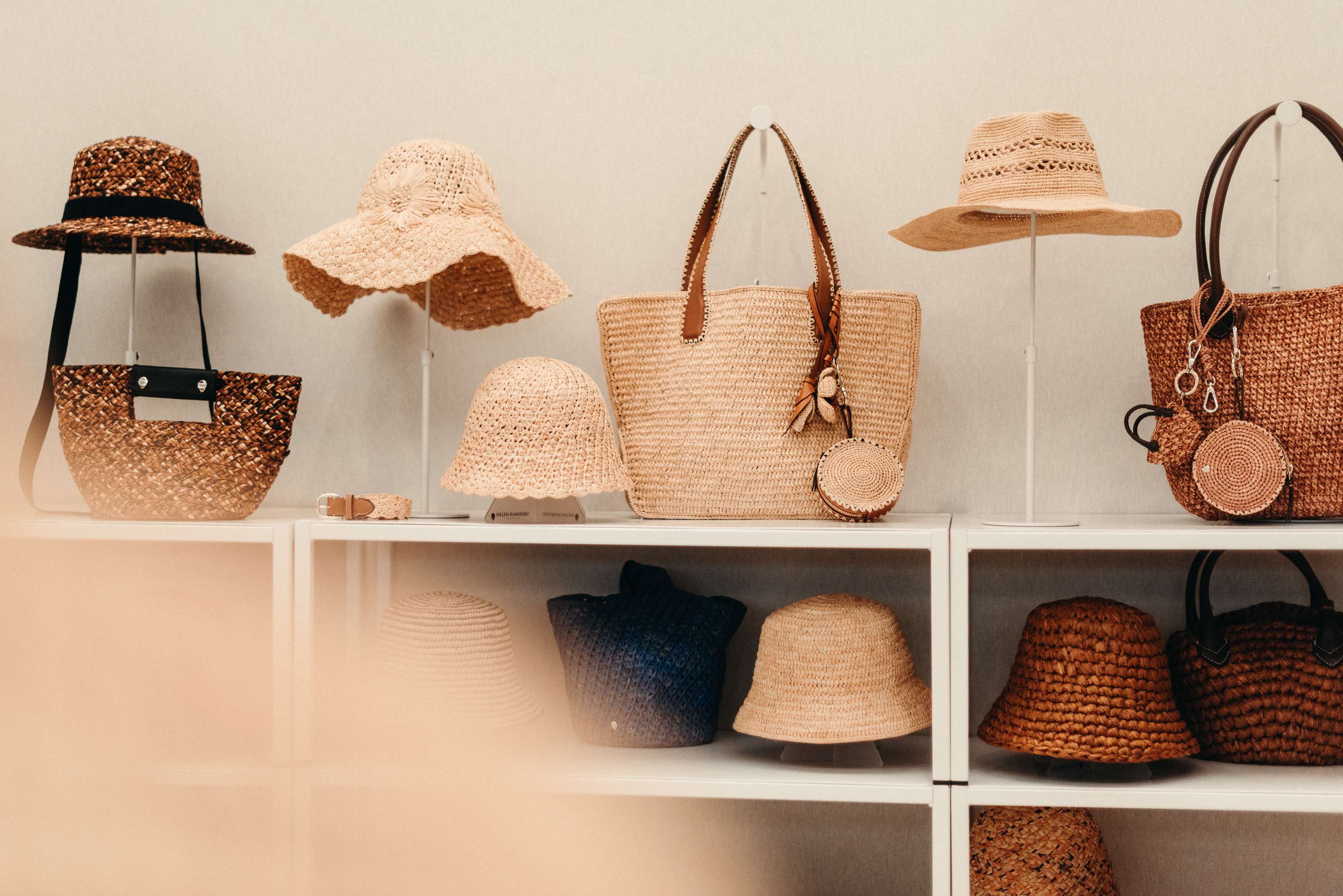
Known for its modern and refined raffia hats, the Australian brand makes a return to the European market with a focus on craft and authenticity.

We met the Swiss designer on her very first venture into the wholesale circuit.
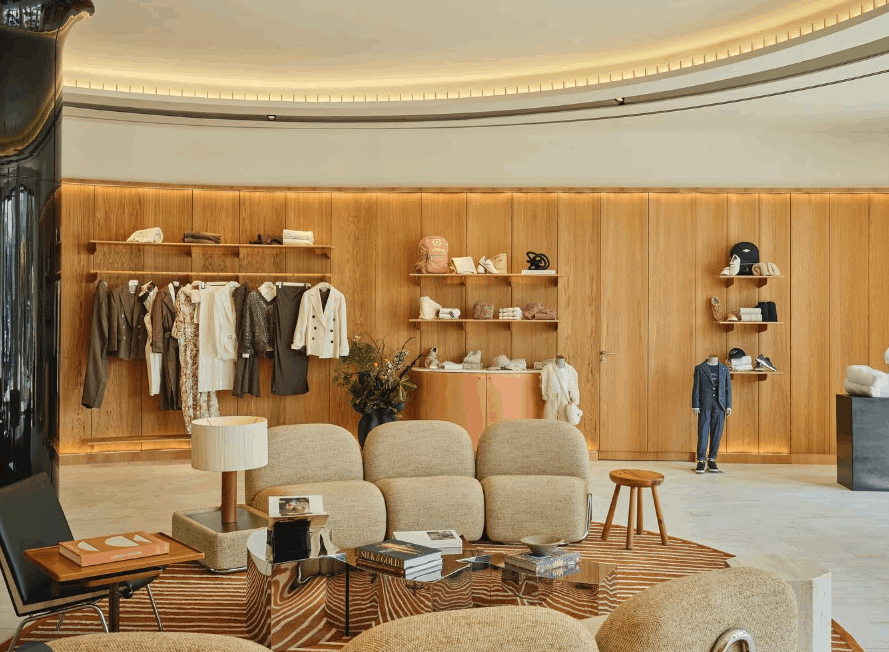
For Andrina Goussous, stylist for luxury e-shop Ounass, Premiere Classe has everything it takes to charm Middle Eastern customers, increasingly in tune with a Parisian approach to fashion.
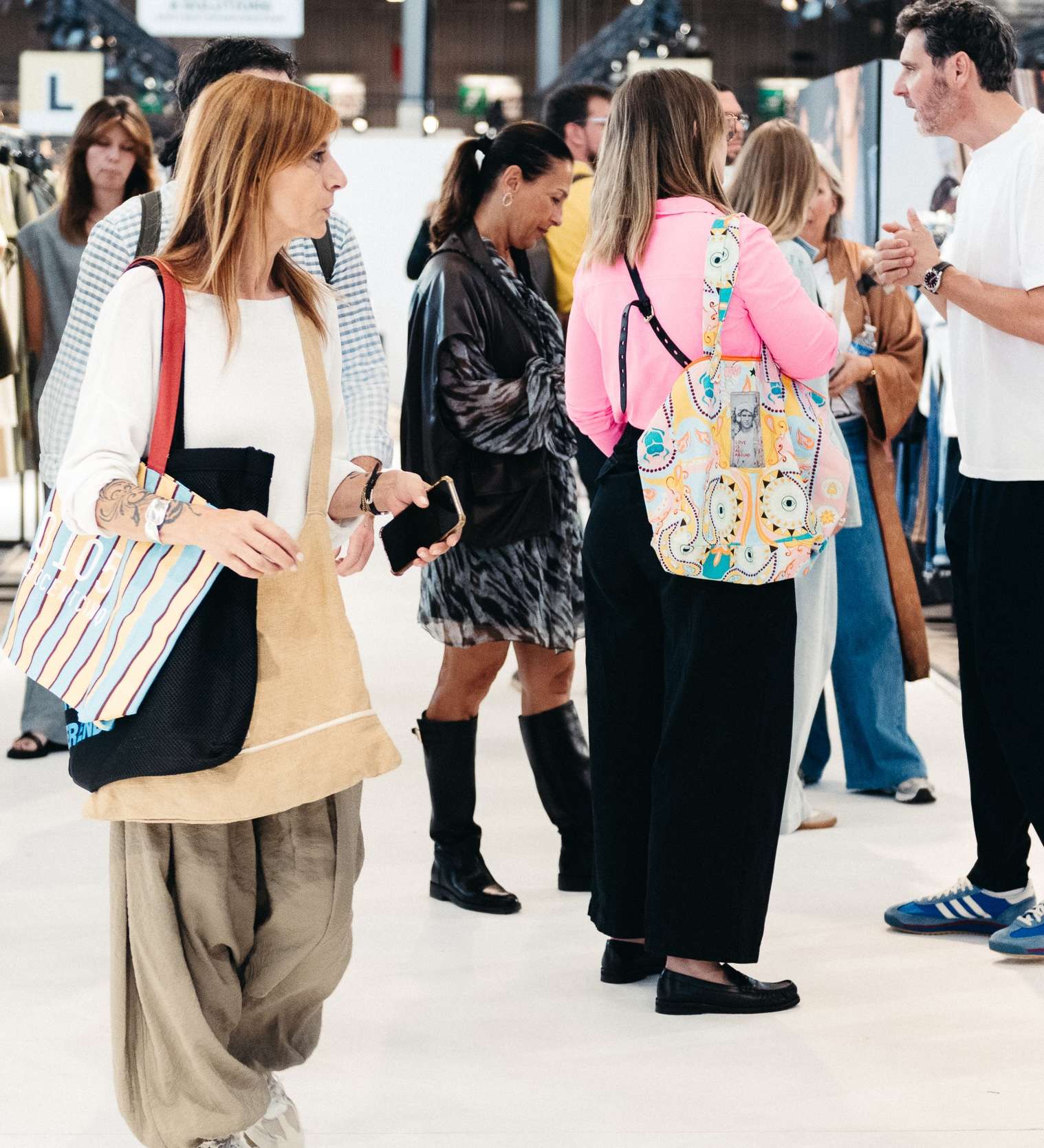
Mixing ready-to-wear, accessories, fabrics and jewelry in a single place, a match made in heaven for the founder of this Dutch shop. She told us about her journey from retail to creation.

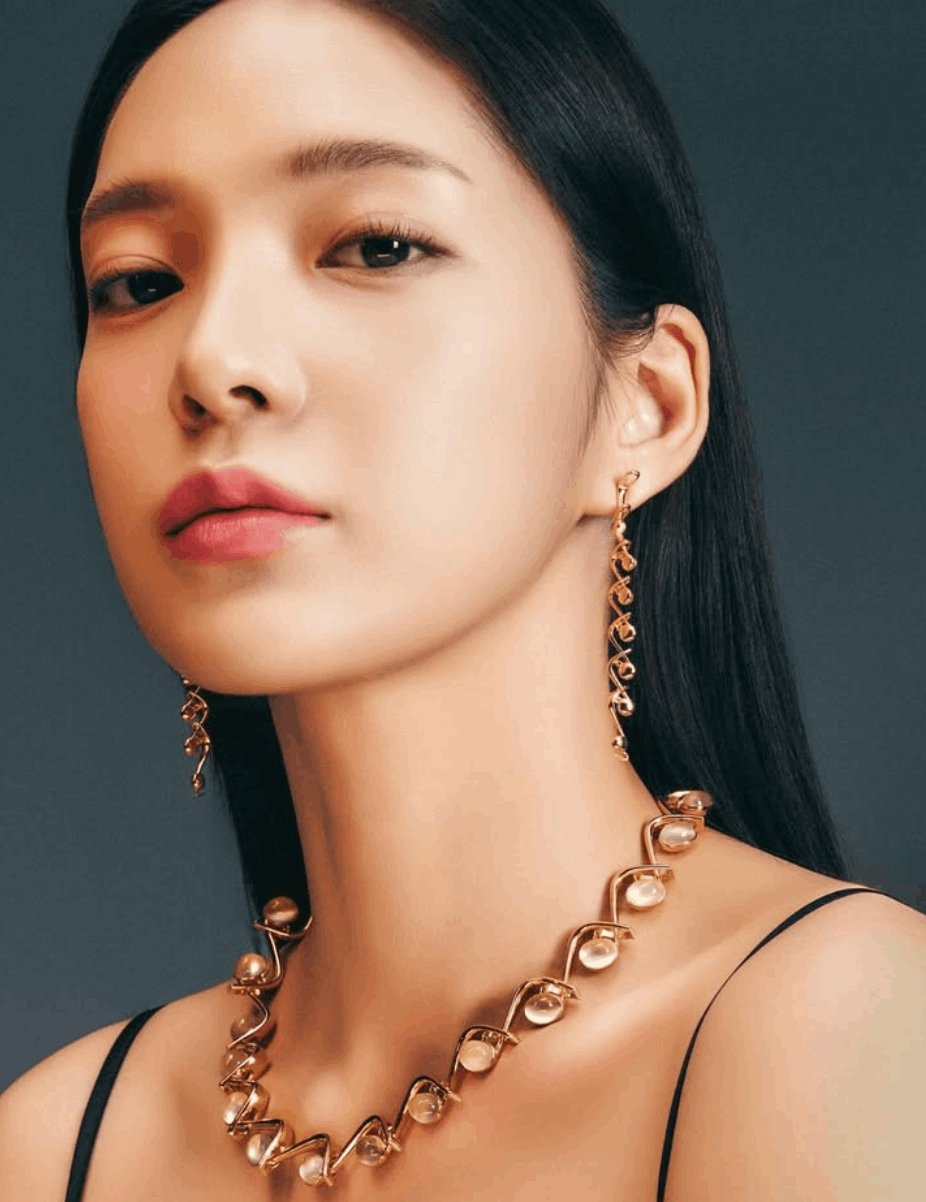
The BRILLIANT area embodies the very essence of high jewelry and precision watchmaking. Designed as an elegant showcase, this space highlights the prestige, craftsmanship, and the creation, with the support of FRANCECLAT, a committed partner in promoting artistic crafts and creative excellence.
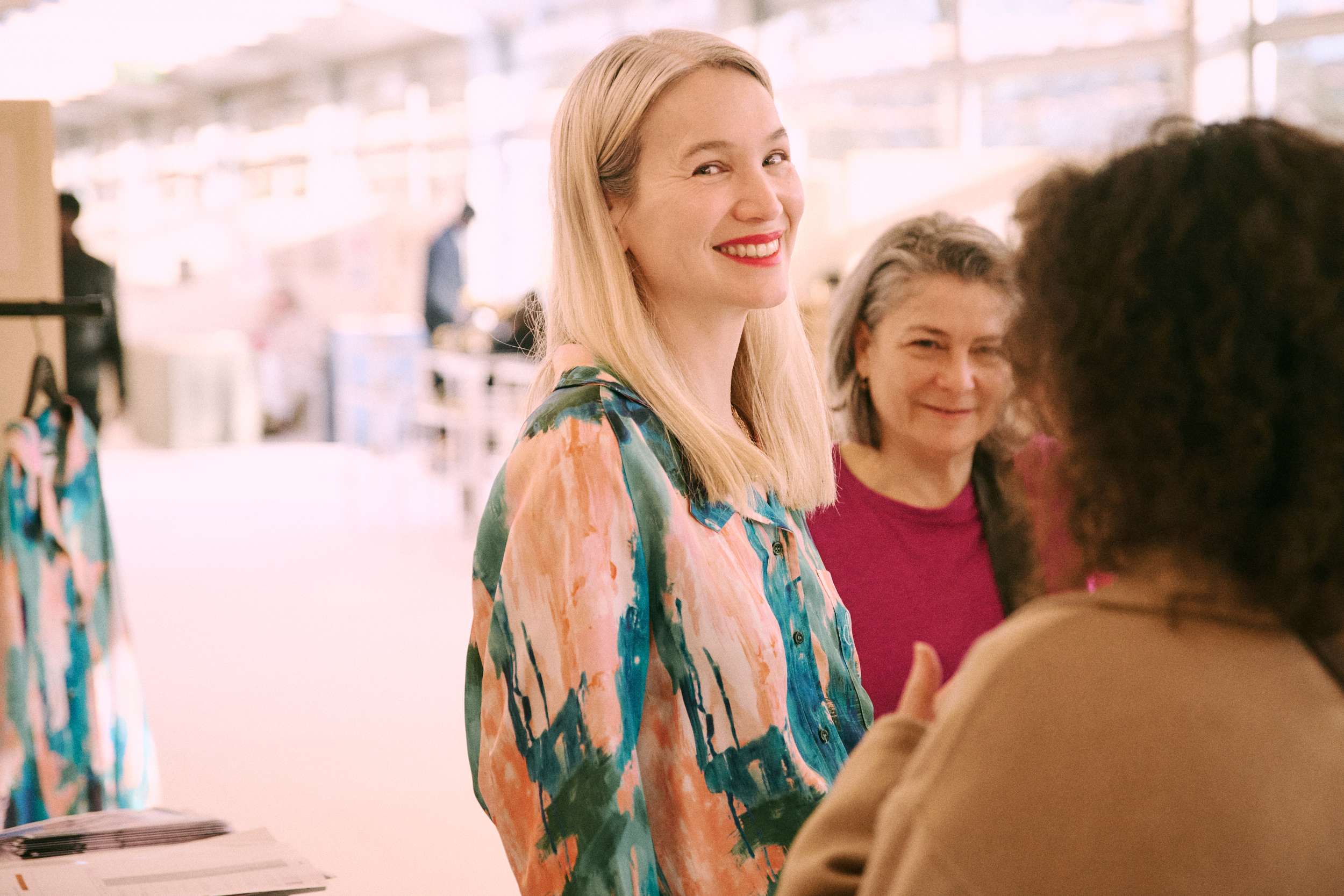
For her first participation at Premiere Classe, Christine Phung introduces a collection that merges architectural precision with fluid motion and all elements of Nature’s energy expression, a balance between structure and radiance expressed by colours and patterns with underlying deep meaningful expressions. With a career spanning prestigious houses like Lemaire, Chloé, and Vanessa Bruno, Phung has refined a pragmatic yet poetic approach to design.

On her first visit to Paris for the Premiere Classe trade show, Pamela Duque — a buyer for the URBN group, which includes Urban Outfitters, Anthropologie, and Nuuly — offered a fresh take on the show’s distinctive positioning. She attended with the aim of curating a selection for Nuuly, URBN’s short-term clothing and accessories rental platform.
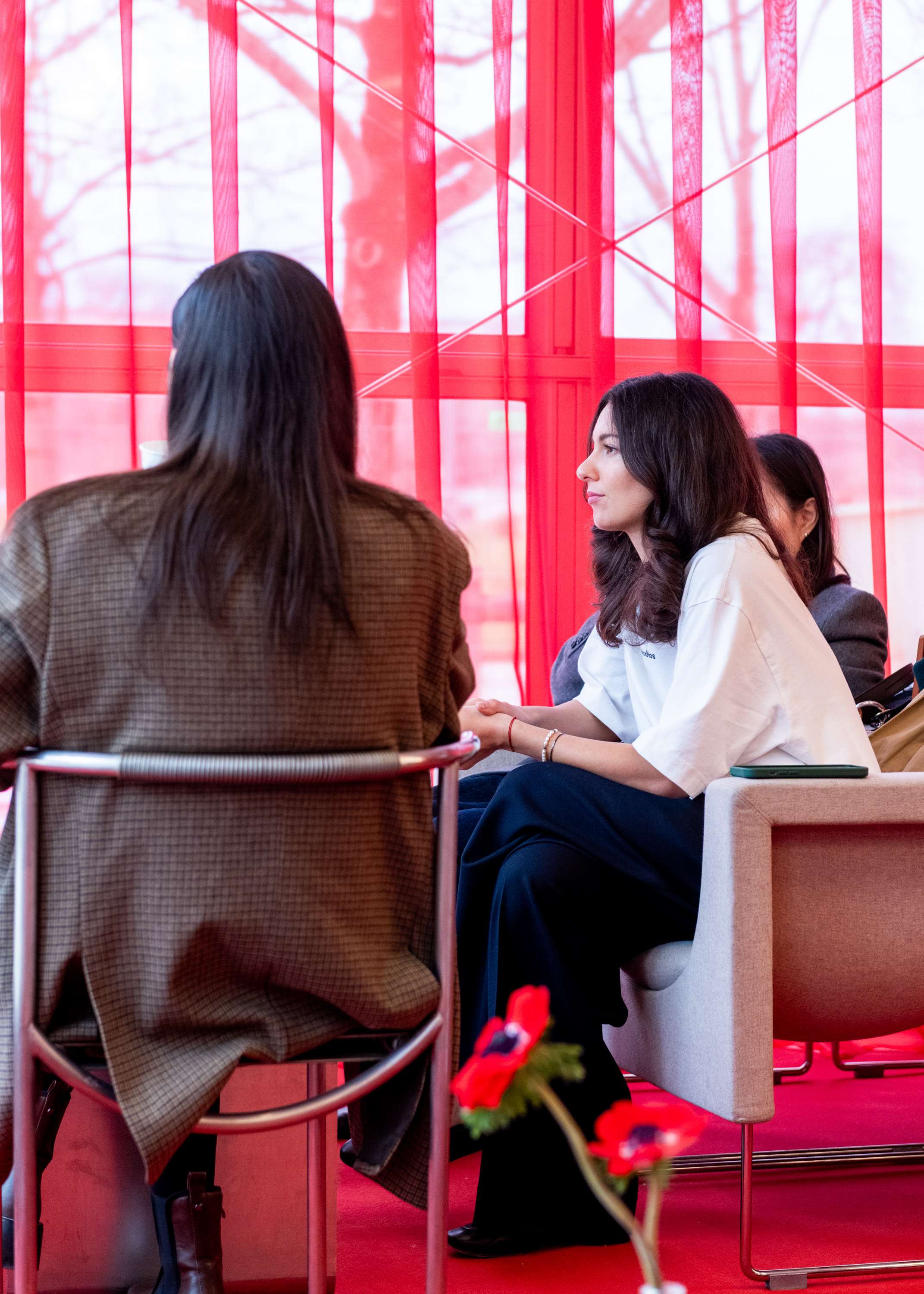
For the buyers at Al Tayer, based in Dubai, Premiere Classe is an essential destination for discovering emerging brands and spotting unique pieces that resonate with their luxury-conscious clientele. This year, Anastasia Gurskaya and other members of her team focused on accessories and jewellery, seeking out brands that align with the Middle Eastern market’s appreciation for exclusivity, craftsmanship, and sustainability.
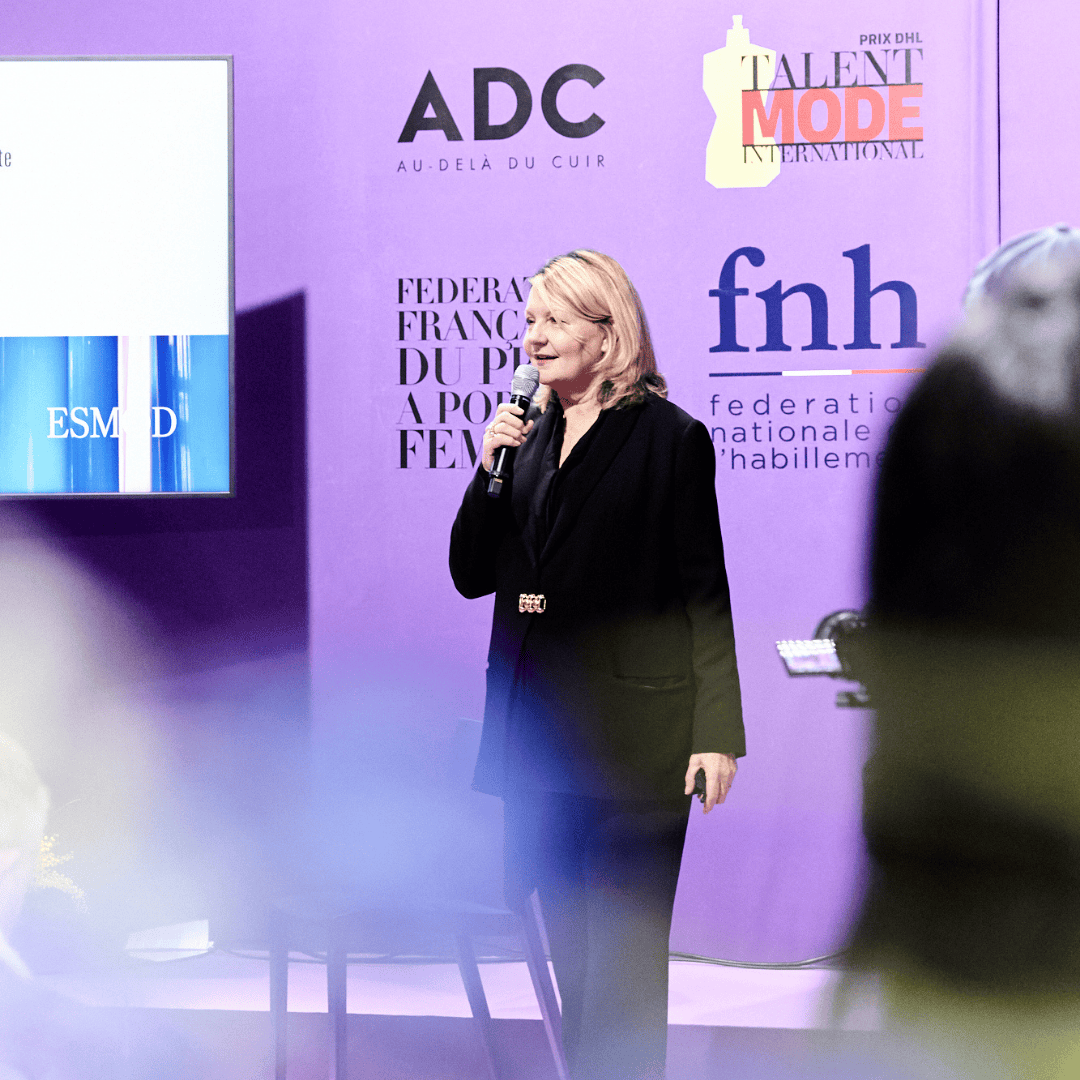
On the second day of the Who’s Next trade show, Véronique Beaumont, General Director of the ESMOD Group, outlined the concept of the persona in the era of Marketing 5.0. Her goal? To help brands and boutique managers understand their target audience during economic tension and societal change.

Less well-known than other craft professions, silversmithing is nonetheless a trade of the future, as Eric Despierre from the house of Christofle reminded us, alongside spokespersons from GRETA.

Many young creatives dream of creating a fashion brand, but the journey is full of challenges. For this edition, Who’s Next asked Konbini to bring together emerging designers to share advice for those looking to start their own brand.
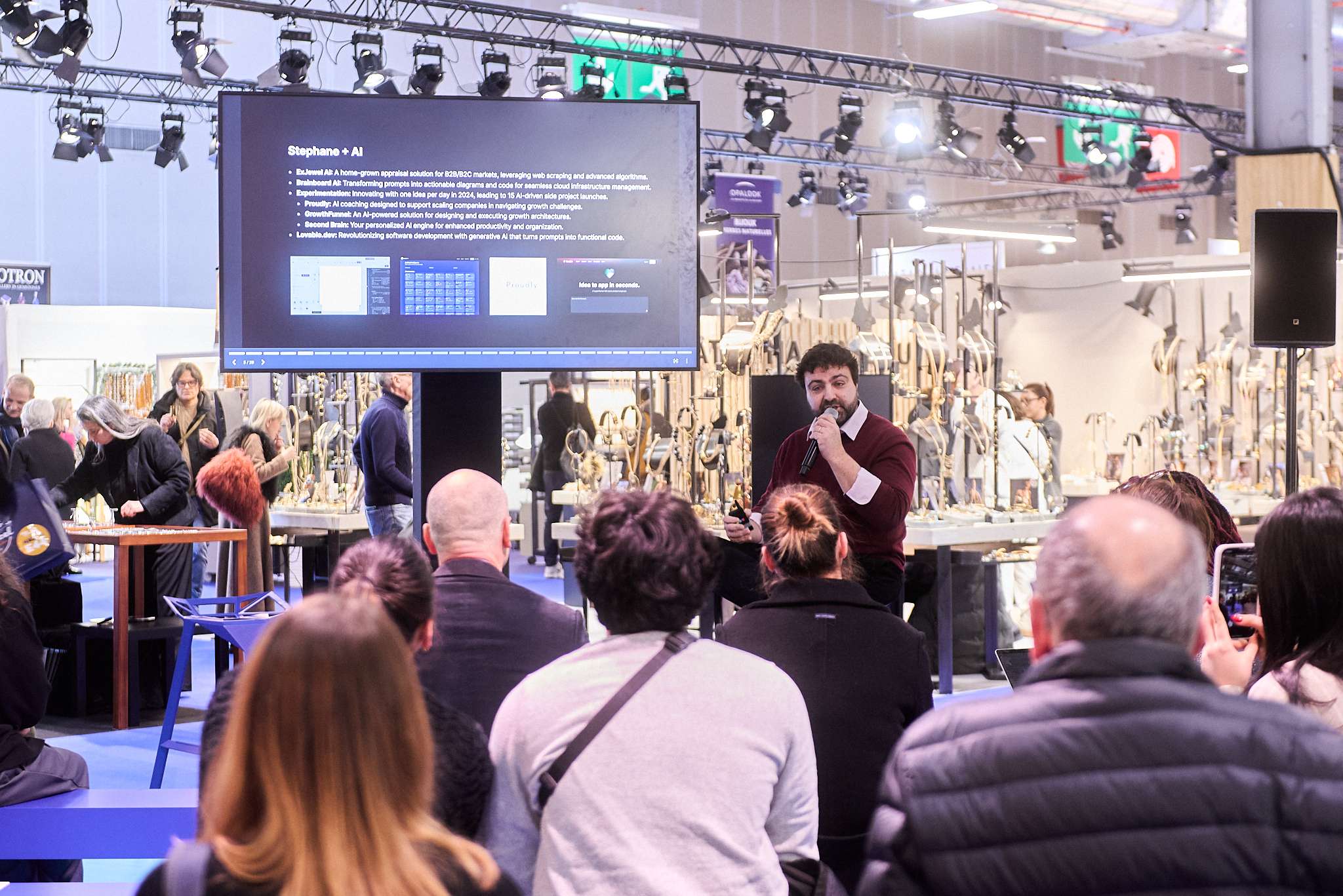
The Boghossian family has been part of the jewelry industry for generations, passing down its expertise. Now, Stéphane Boghossian aims to preserve and redefine this legacy through artificial intelligence.
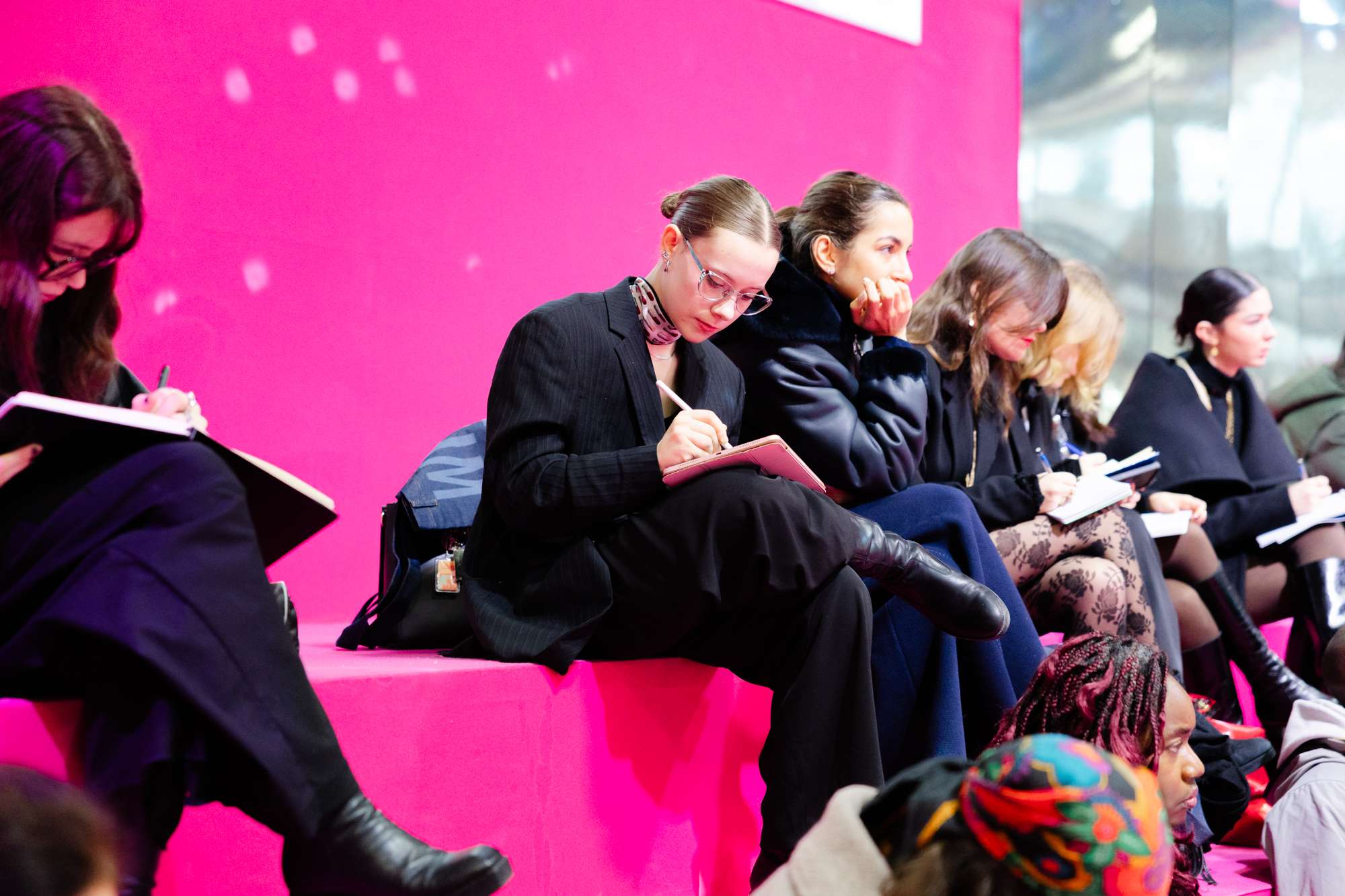
Will artificial intelligence replace fashion designers? This question keeps coming up in creative industries. Tony Pinville, co-founder of Heuritech and an AI specialist, shares his insights.
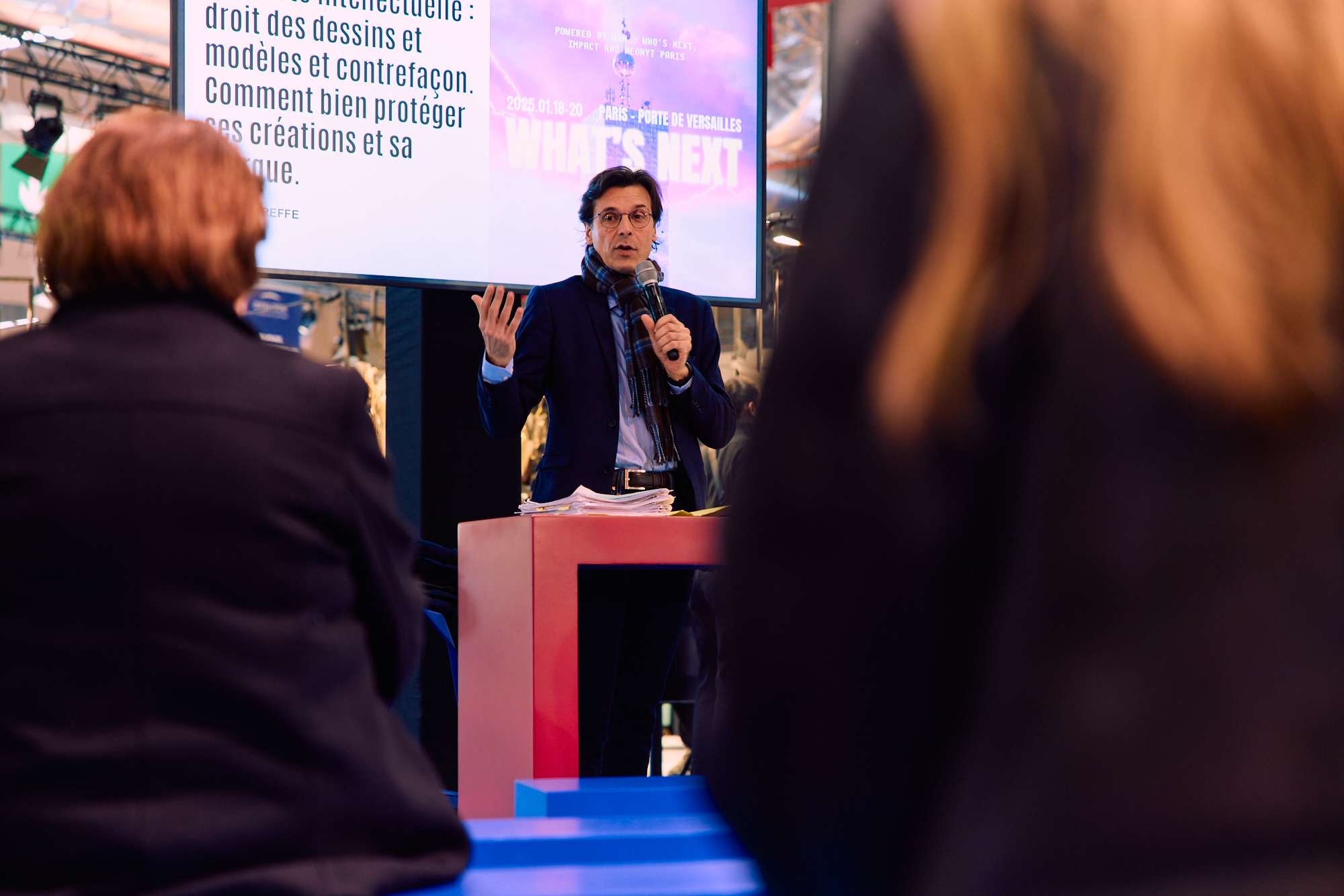
On the final day of the Bijorhca trade show, lawyer Pierre Greffe delivered a fascinating and highly practical conference: a legal deep dive that could help many creatives safeguard their products.
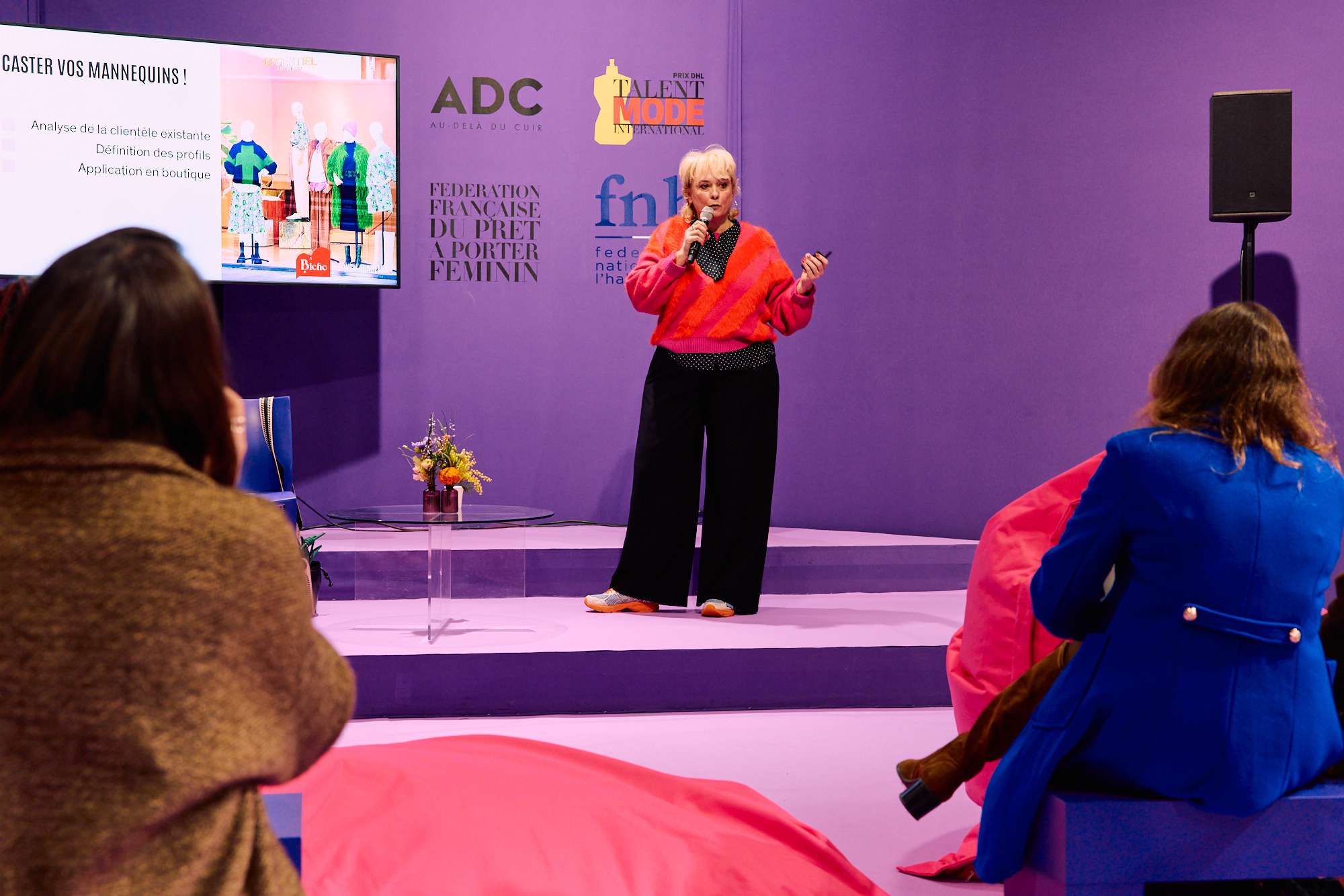
How can you create a loyal customer base and boost your sales? According to Sophie Edery, the director and founder of the Bordeaux-based consulting agency BICHE, the answer lies in visual merchandising and its rule of three.
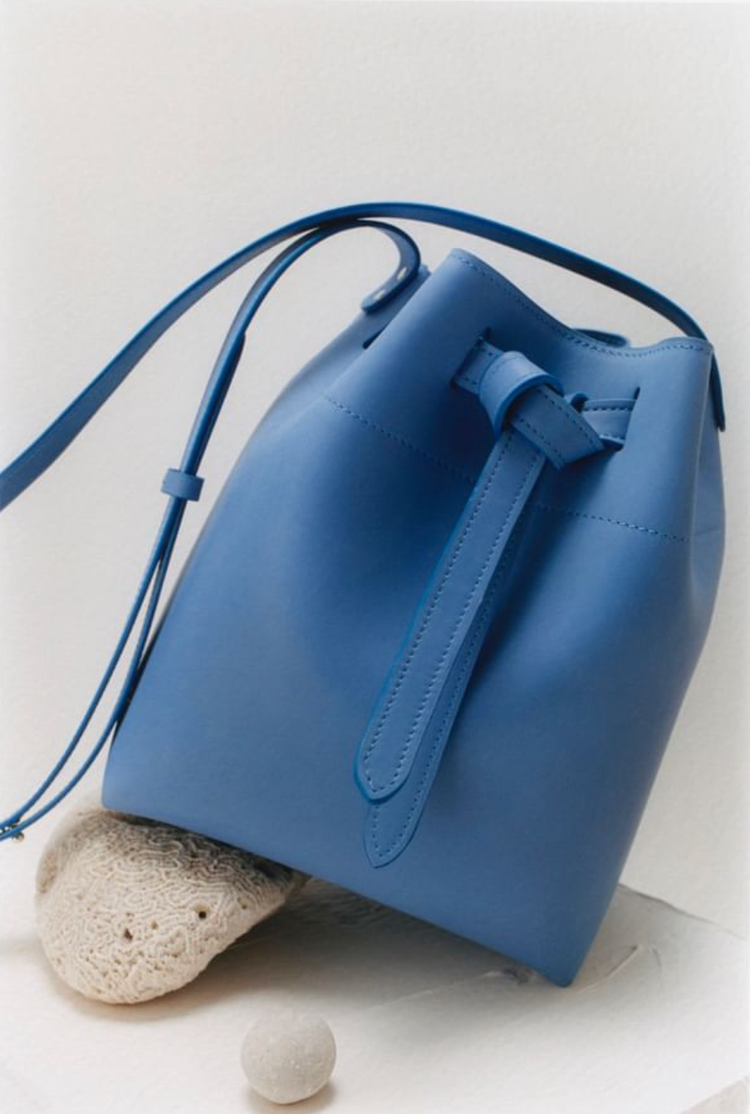
Their mission: to support and promote the emergence of new brands in the French leather industry.
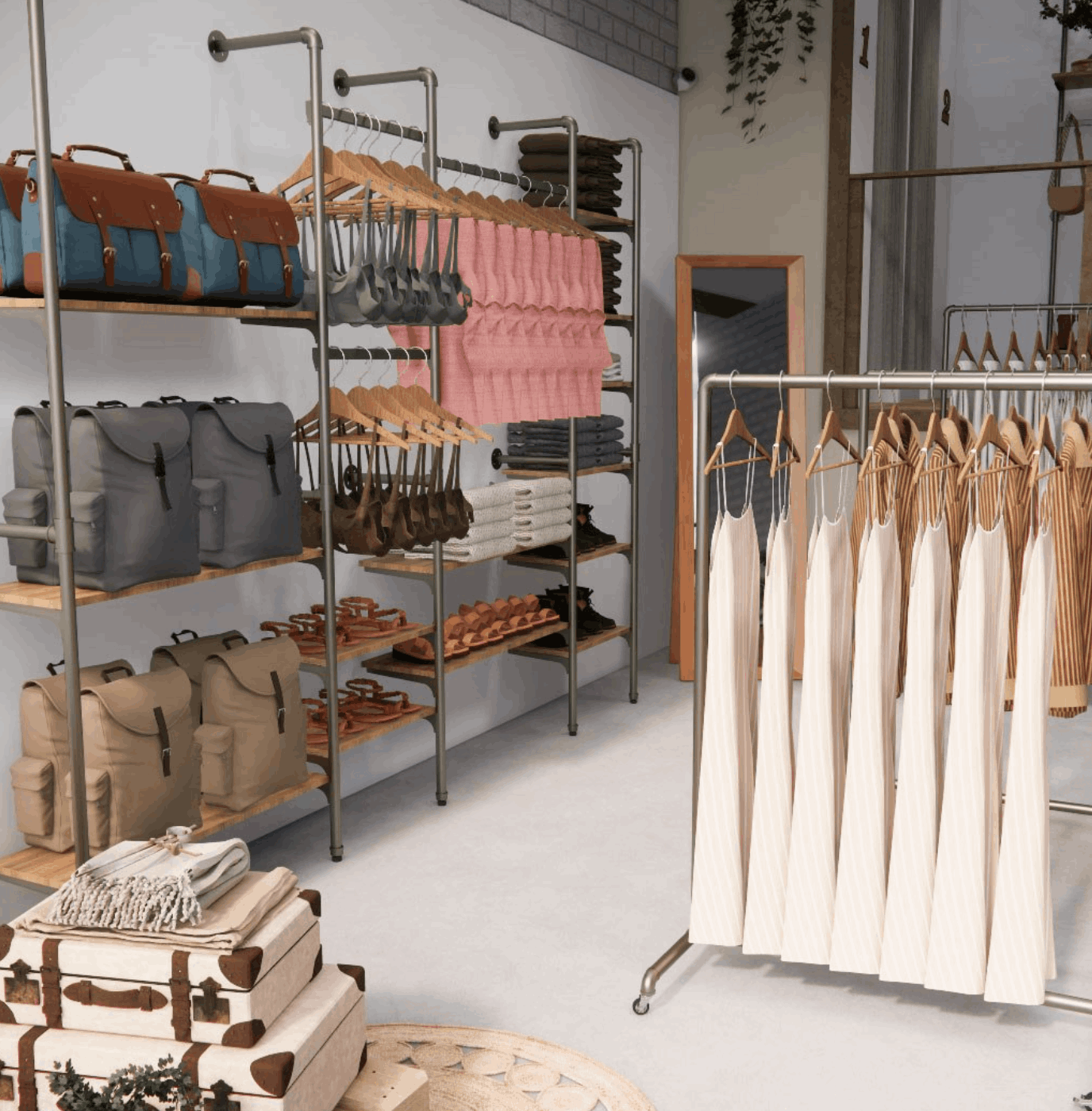
Who’s Next invites you to discover a range of innovative and bespoke business solutions tailored to every sector of the international creative scene. These companies, pioneers in their respective fields, embody the expertise and adaptability required to meet the challenges of modern commerce.

In its desire to support exhibitors and visitors in their professional projects, WSN has devised an education and training solution designed to provide technical skills and clear answers to their problems and technical skills, right where they need them most.

Since its creation in 2017, The Good Goods has established itself as a unique media and creative studio, dedicated to transforming the fashion, textile, and luxury industries.

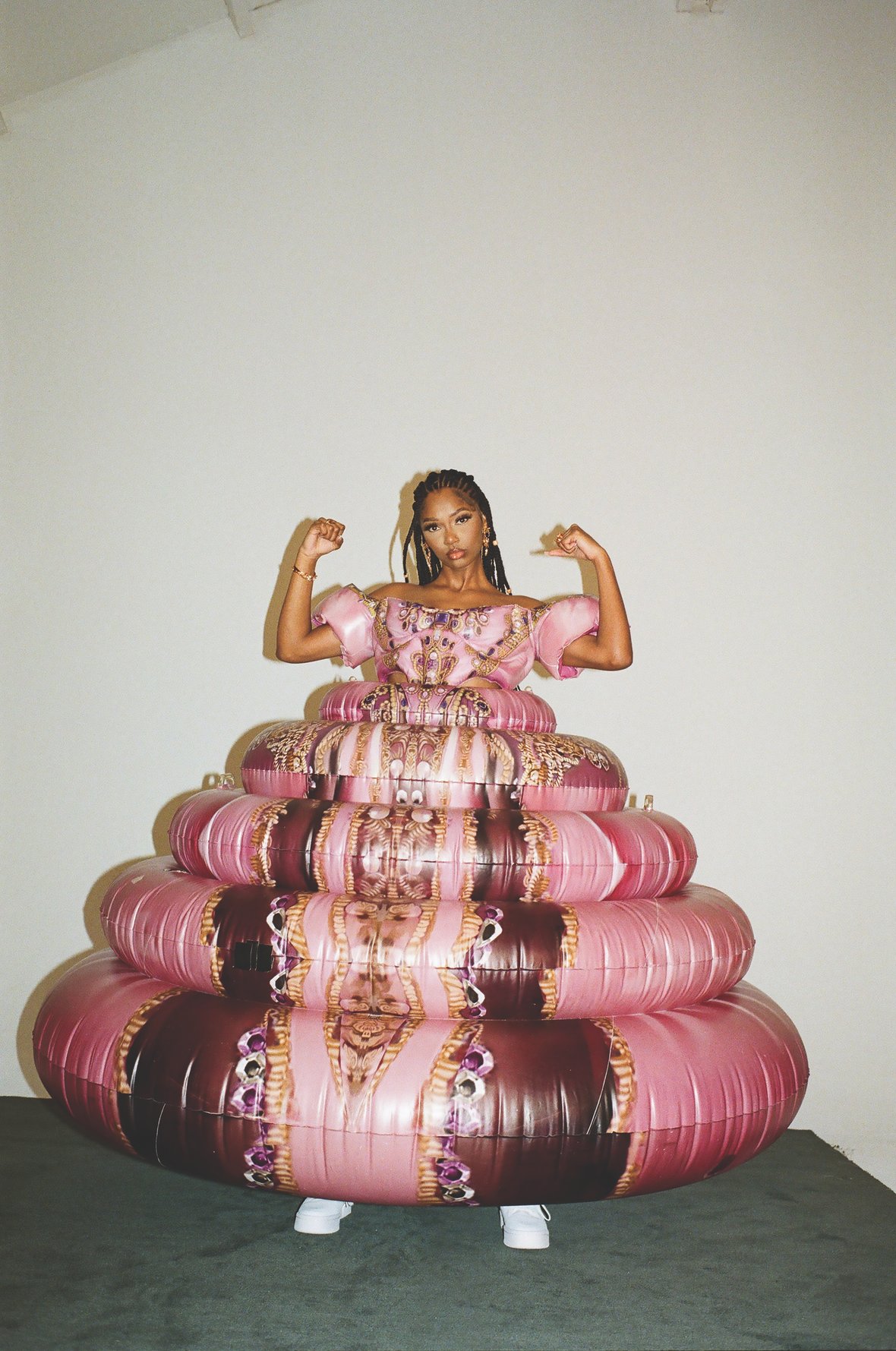
With the arrival of the latest edition of our fair this September, Who’s Next is ramping up its dynamic spirit with the introduction of LOUD, a new space designed to echo the vibrancy of our creative industries.
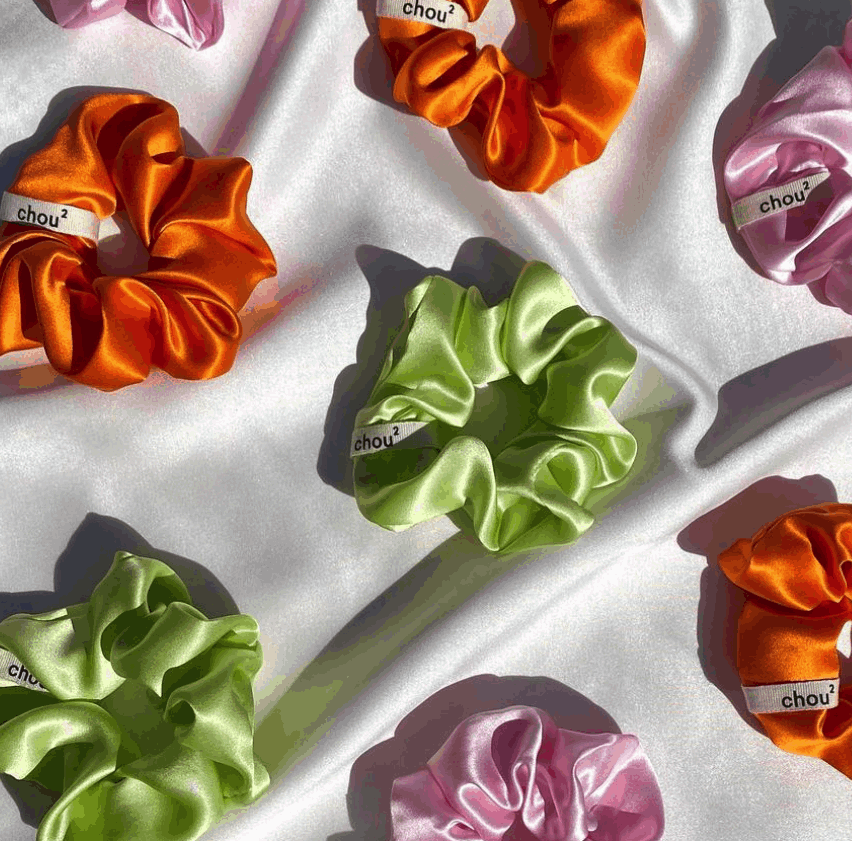
Villa Beauté’s selection’s getting a fresh look and promises exceptional experiences. Innovative, ethical, and cutting-edge, our leading brands and new arrivals rewrite the rules of wellness and beauty…
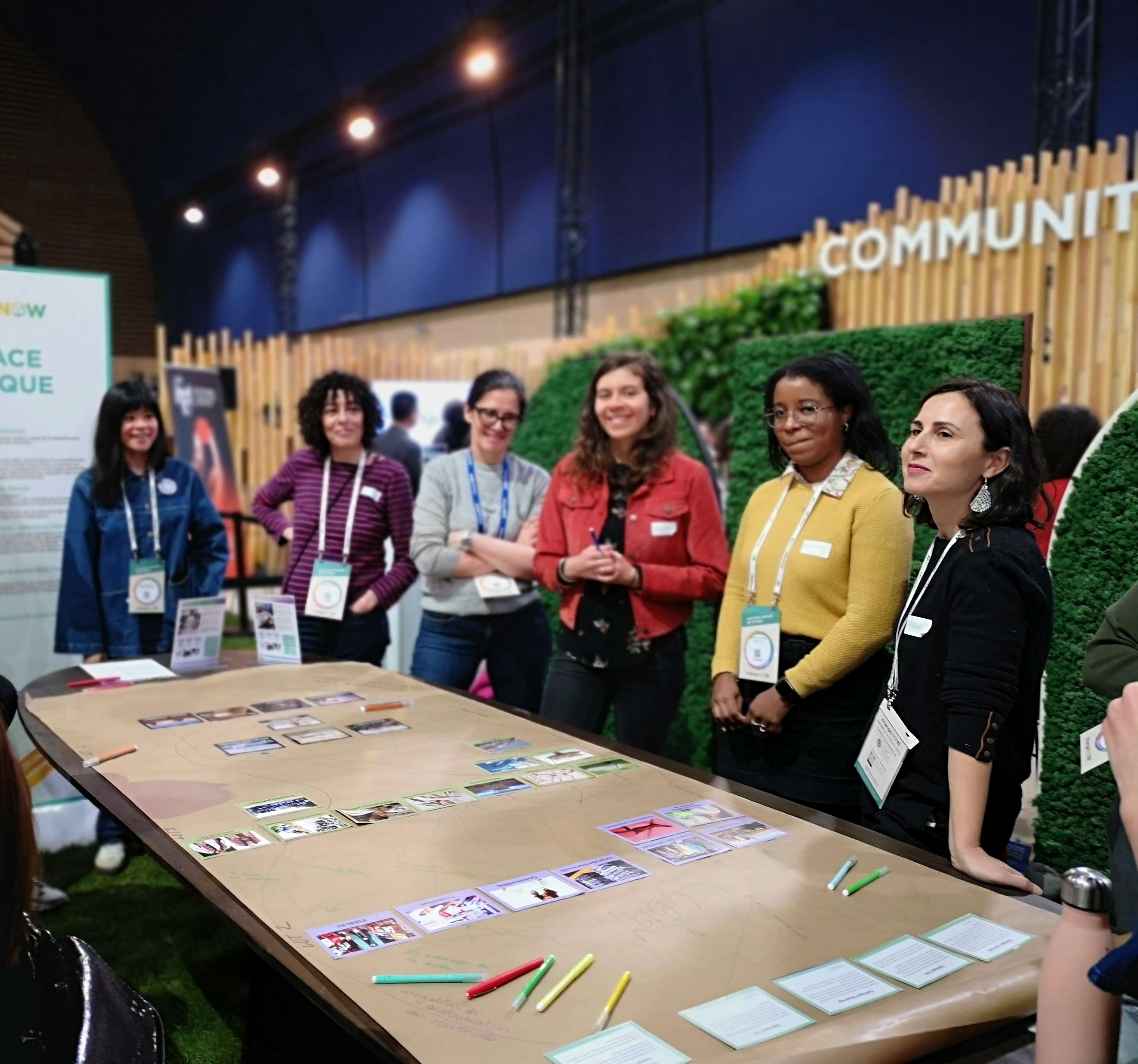
For this edition of IMPACT alongside Who’s Next, the association will present its new collaborative workshop concept: Mode et Impacts.